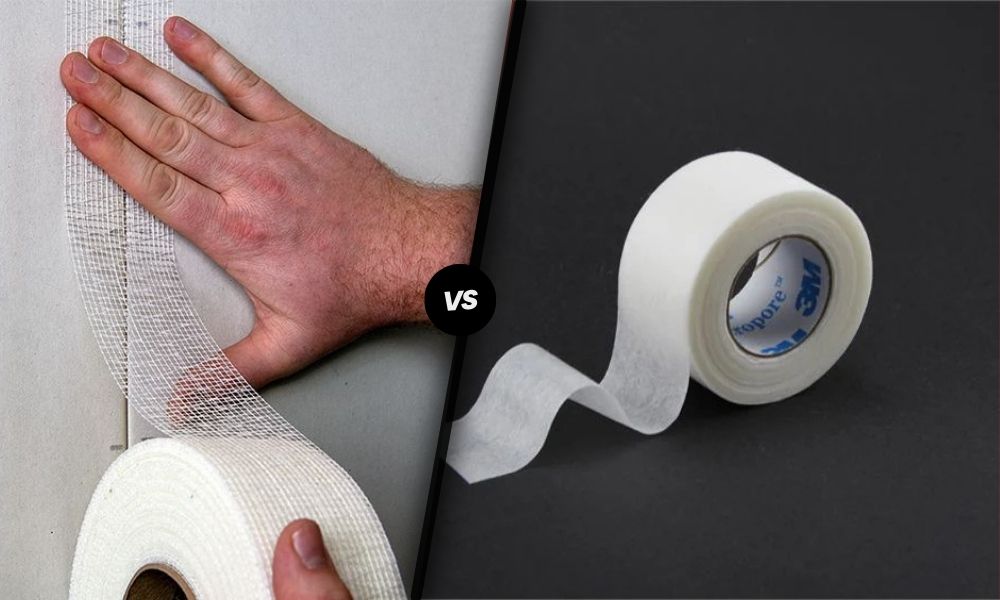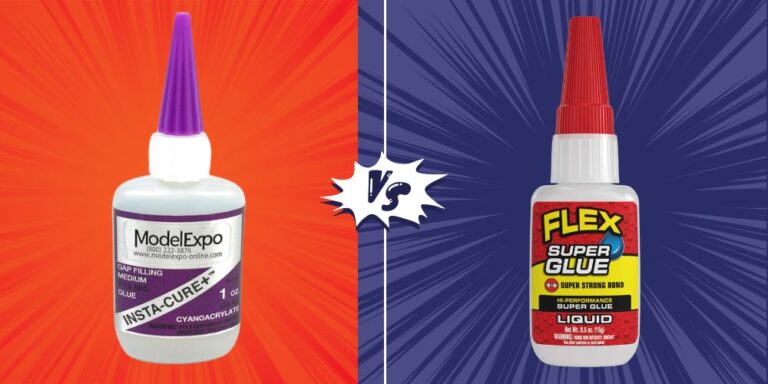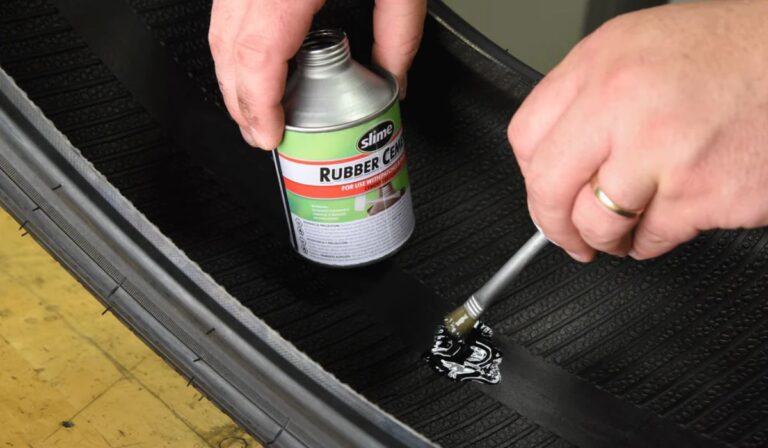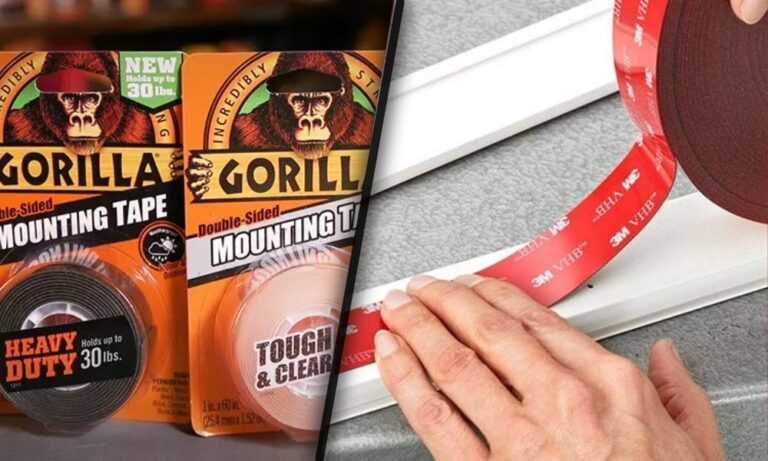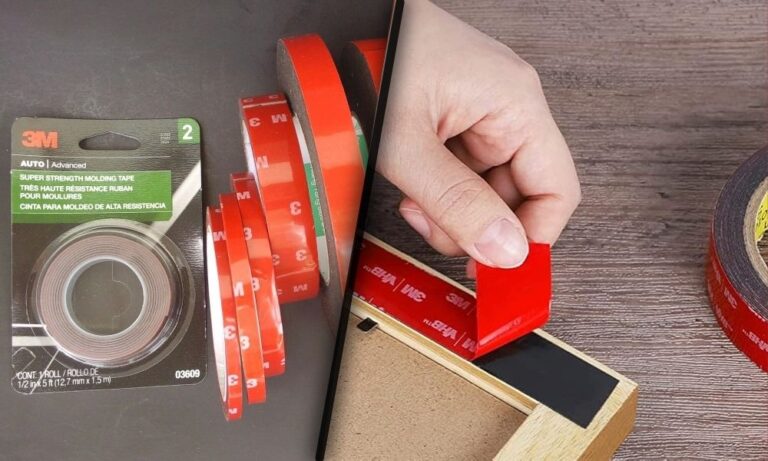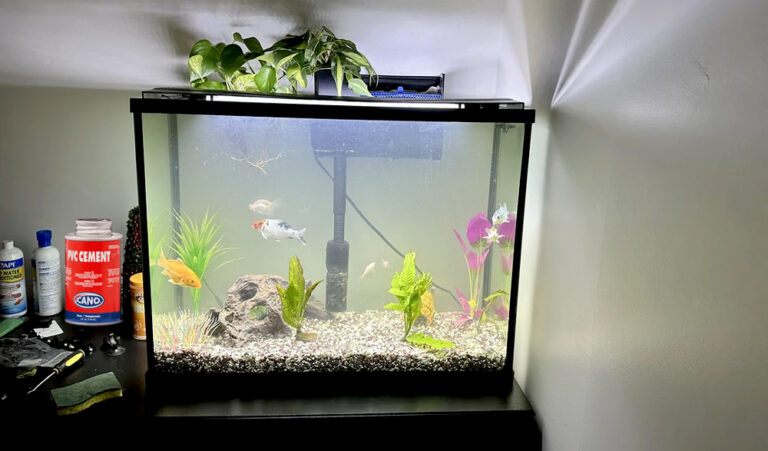Adhesive Drywall Tape vs. Paper Tape: Which One Should You Choose?
When it comes to drywall installation, achieving seamless, crack-free joints is crucial for a professional-looking finish. One of the most important decisions you’ll make during this process is choosing the right type of drywall tape. The debate between adhesive mesh drywall tape and traditional paper drywall tape has been ongoing for years. Both types have their own strengths, weaknesses, and ideal use cases.
In this article, we’ll dive deep into the pros and cons of each tape, helping you choose the right option for your drywall project. Whether you’re a seasoned pro or a DIY enthusiast, understanding the differences between these two materials can make all the difference.
What Is Drywall Tape and Why Is It Important?
Drywall tape is a key component used to reinforce joints between drywall panels. Without it, your drywall seams would eventually crack and crumble due to everyday wear and tear, structural shifts, or temperature changes. The tape acts as a stabilizing material that strengthens these joints and prevents imperfections from appearing on your finished walls.
There are two main types of drywall tape:
- Paper Tape
- Adhesive Mesh Tape
Let’s break each one down and explore what they bring to the table.
What Is Paper Drywall Tape?
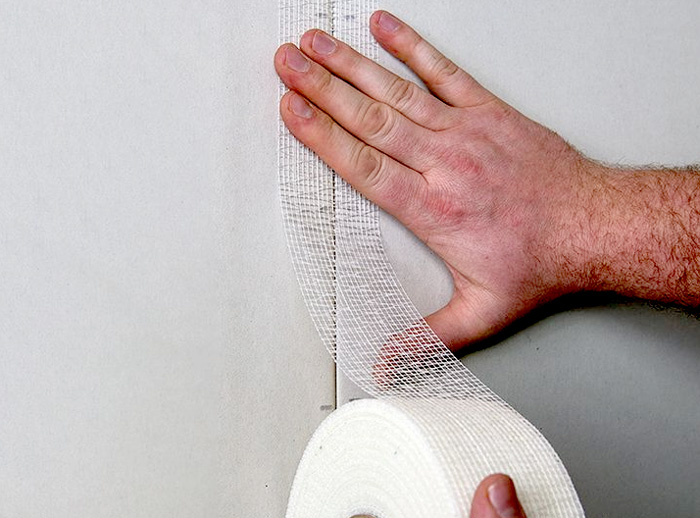
Paper drywall tape is exactly what it sounds like: a thin strip of strong, non-adhesive paper. It typically has a crease down the middle, making it easy to fold and apply in corners.
Pros of Paper Drywall Tape
- Strong and Durable
Paper tape doesn’t stretch or flex easily, which is beneficial when it comes to creating stable joints. It’s especially effective for butt joints (where two non-tapered drywall edges meet), as it prevents movement that can lead to cracking over time. - Perfect for Corners
Because paper tape has a pre-creased line, it’s much easier to create sharp, clean inside corners with it. This makes it a go-to choice for drywall pros who want neat and precise results in tight spaces. - Cost-Effective
Paper tape is more affordable than mesh tape, making it a popular choice for large-scale drywall projects, especially when budget constraints are a factor. - Versatile with Different Joint Compounds
You can use paper tape with both drying-type and setting-type joint compounds, giving you more flexibility depending on your preferred materials.
Cons of Paper Drywall Tape
- Tricky Application Process
Applying paper tape requires embedding it into a layer of joint compound. If you’re not careful, air bubbles can form beneath the tape, which compromises the tape’s adhesion and structural integrity. - Limited Moisture Resistance
Paper tape is susceptible to mold and mildew in high-humidity environments like bathrooms or kitchens. Without proper sealing or moisture protection, the tape can degrade over time.
What Is Adhesive Mesh Drywall Tape?
Adhesive mesh tape is made from fiberglass and has a self-adhesive backing. Unlike paper tape, mesh tape can be applied directly to drywall seams without the need for an initial coat of joint compound.
Pros of Mesh Drywall Tape
- Easy to Apply
One of the biggest advantages of mesh tape is its user-friendly application. Simply peel and stick it onto the drywall seam—no need to worry about air bubbles or precision placement. This makes mesh tape a favorite among DIYers who want to save time and effort. - Moisture and Mold Resistant
Because it’s made of fiberglass, mesh tape has excellent moisture resistance. It’s a great choice for damp areas like bathrooms, basements, and kitchens, where humidity can otherwise lead to mold growth. - Flexible and Crack-Resistant
Mesh tape’s flexibility allows it to handle minor structural movements without cracking. This feature is particularly useful in areas where buildings are prone to settling or shifting.
Cons of Mesh Drywall Tape
- Weaker Joint Strength
Mesh tape is more elastic than paper tape, which can be a drawback for structural stability. In high-stress areas, such as butt joints, it may not provide the same level of reinforcement as paper tape. - Can Be Visible Through Compound
The open-weave design of mesh tape can sometimes show through the joint compound, especially if the compound isn’t applied thick enough. This often requires additional coats of compound to achieve a smooth, seamless finish. - Requires Setting-Type Compound
For best results, mesh tape should be used with setting-type joint compounds (which harden chemically). This might limit your choice of materials compared to paper tape, which works with both ready-mixed and setting compounds.
Which Tape Is Better for Your Project?
Choosing between paper and mesh drywall tape depends largely on your project’s specific needs. Here’s a breakdown to help you decide:
1. Environment Matters
- If you’re working in a high-moisture environment (like a bathroom or basement), mesh tape is the better option due to its moisture-resistant properties.
- In dry, low-humidity areas, paper tape is perfectly sufficient and more budget-friendly.
2. Type of Joints
- For butt joints and inside corners, where strength and rigidity are crucial, paper tape excels.
- Mesh tape performs well on flat seams and areas where slight structural movement might occur.
3. Skill Level
- If you’re a beginner or looking for a quick, hassle-free installation, mesh tape’s self-adhesive feature makes it easier to work with.
- Experienced drywall finishers who prioritize long-term durability might prefer paper tape, even though it takes more effort to apply.
4. Budget
- Paper tape is more cost-effective, making it the go-to choice for large projects where material costs can add up.
- Mesh tape, while slightly more expensive, can save time and reduce the need for rework in damp areas.
Application Tips for a Perfect Finish
Here are some best practices to help you get the best results, regardless of which tape you choose:
For Paper Tape
- Apply a thin layer of joint compound over the drywall seam.
- Press the paper tape into the compound and smooth it out, ensuring there are no air bubbles.
- Apply additional coats of compound, sanding between coats to achieve a smooth surface.
For Mesh Tape
- Stick the mesh tape directly onto the drywall seam.
- Cover the tape with a coat of setting-type joint compound, making sure the compound fills the mesh.
- Apply additional coats as needed, sanding between coats for a flawless finish.
Final Thoughts: Paper vs. Mesh—Which One Wins?
Both paper and adhesive mesh drywall tapes have their place in the world of drywall finishing. Paper tape offers unmatched strength and is ideal for structural joints and corners. On the other hand, mesh tape’s ease of use and moisture resistance make it a smart choice for DIYers and projects in humid environments.
Adhesive drywall tape creates a physical bond between adjacent sheets of drywall, reducing movement and potential cracking. This bond does not significantly contribute to the overall structural support of the drywall sheets.

